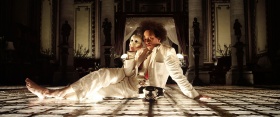A Celebration of Youth, an Exploration of Hope
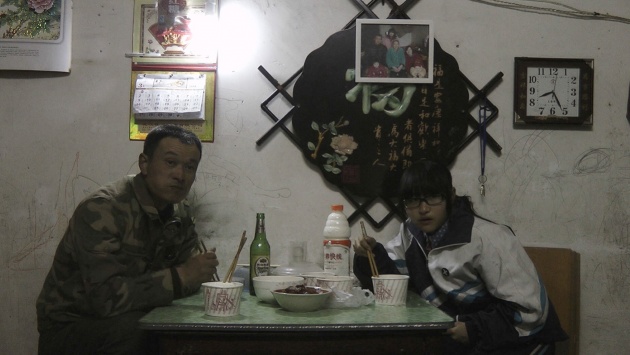
The 47th edition of Visions du Réel, the international festival of documentary film, took place at Nyon from 15th – 23rd April 2016. The core theme for the year was Youth, a time of limitless potential - discovery, hopes and dreams, resistance and possible freedom. In the International Competition for Feature Films, including twenty films, the Interreligious Jury gave its prize to Liberation, The User’s Guide (France) by Alexander Kuznetsov. The Jury also awarded two Commendations, to Looking Like My Mother (Switzerland) by Dominique Margot and to Still Breathing (France) by Anca Hirte.
Liberation, The User’s Guide creates a portrait of two young women, confined within a neuropsychiatric establishment in Siberia but in search of their dignity and independence. The film-maker tackles the subject with remarkable simplicity and narrative rigour, enabling the spectator to observe the crushing inertia of post-Soviet bureaucracy and to empathise with these two victims of circumstance. Their desire for liberty requires them to call on courage, perseverance and solidarity in order to reach their goal, qualities which speak of their fundamental humanity.
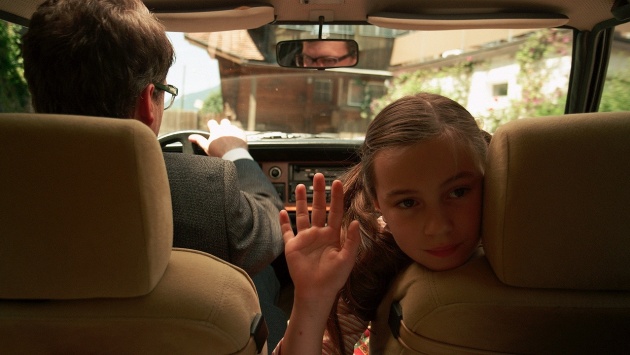
Looking Like My Mother is a courageous work of personal and universal significance, displaying exceptional creativity in its recreation of childhood and adolescence. Initially an account of the film-maker’s search to understand better her deceased mother who suffered from depression, it becomes a wider account of how people come to understand themselves as well as others. It confirms how reconciliation and forgiveness enable one to rise above all manner of difficulties and rediscover love. Still Breathing is an avant-garde work which approaches the difficult subject of professional boxing with a delicate and innovative vision, alternating highly stylised fight scenes and domestic scenes of the utmost simplicity. Eschewing the clichés of fiction film, it develops the themes of professional commitment, mutual respect and sacrifice amongst fighters and between husband and wife. It is all the more convincing for being neither tragic nor heroic in its vision.
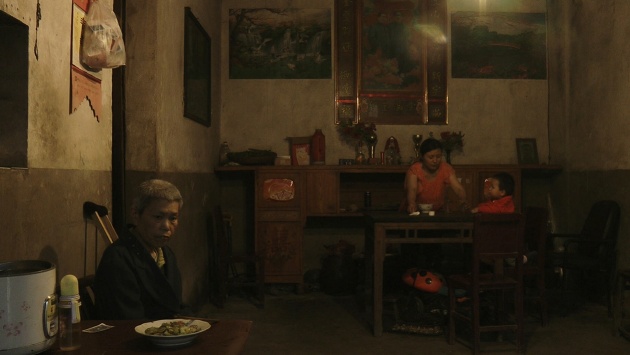
This attention to the texture of everyday life recurs in numerous films. Another Year (China) by Shengze Zhu observes one Chinese family of three generations, members of the new industrial working class, through 13 meals taken over a period of 14 months. With great formal rigour and restraint, the film records their material circumstances and slowly evolving relationships. It is a bleak vision, full of implied political criticism of the new society, but it contains moments of tenderness and release from the limitations of their environment too. A Mere Breath (Romania) by Monica Lazurean-Gorgan also focuses on the family unit, in this case a family of five with a handicapped daughter. The parents, members of a charismatic neo-Protestant congregation, see their religious faith as a bond to strengthen the family but over a period of several years it becomes a source of division. Isolated from the wider community, they are unable to handle either their children’s normal aspirations or their handicapped daughter’s maturity and see the family disperse with only the most modest prospects for the future. Eliane de Latour’s Little Go Girls (France) is another observational work, which reveals the precarious life on the margins for a specific group of teenage prostitutes in Abidjan. It records the film-maker’s attempts to set up a mechanism which enables some of them to take control of their own lives and re-establish themselves in the mainstream of society. It embraces the universal themes of hope, dignity and redemption. River Memories (Italy) by Gianluca and Massimiliano de Serio revisits the site of the ‘Platz’ shantytown in Turin, now demolished, to give a voice to a range of its inhabitants. The film-makers show great empathy for their subjects and technical skill in difficult filming conditions, revealing shared human concerns and recognisable human aspirations. But their approach also tends to distance the spectator and to avoid giving an overall picture of this community, whose existence reflects larger political questions of migration and conflict.
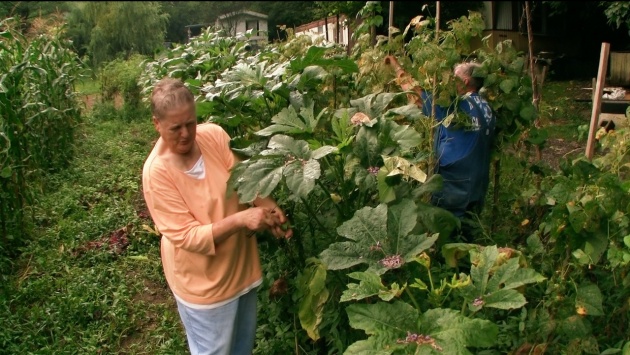
Two films stand out as examples of technically accomplished, classically made American work. Linefork by Vic Rawlings and Jeff Silva enters the lives of an impoverished, elderly couple in rural Kentucky. Initial negative impressions are systematically replaced by an appreciation of the bond and mutual support between the couple and by the revelation that the husband is a renowned banjo player who has a respected position in his community on that account. In The Bad Kids Keith Fulton and Lou Pepe follow the work of a specialist high school, which takes in pupils on the point of drop-out from the school system, through a selection of individual cases and their school’s remarkable Principal. Both of these films proceed, with great empathy, by a series of gradual revelations about the situations of their subjects, through which we come to appreciate their difficulties and the positive qualities which help them overcome them. Through these individuals we also gain insight into wider social issues of family and community breakdown and the films succeed admirably in listening to those whose voices are rarely properly heard.
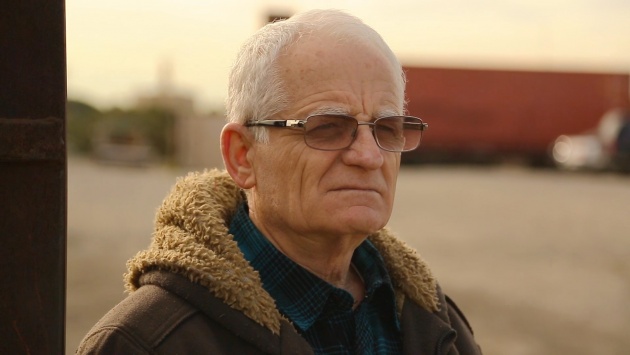
Another group of films is preoccupied with issues of past experience, memory and identity and the ways in which they shape the present. Through a direct address to camera Deadlock (Armenia) by Harutyun Khachatryan bears witness to the impasse reached by an ageing Armenian exile. His Green Card originally gave great hopes for a better life but he finds himself trapped in poverty and alienated from his family, hope having gradually turned to disillusion. The tension between his traditional sense of duty as a sincere member of the Armenian community and the pressures of American capitalism creates a profound cultural conflict and devaluation of humanity to which his life testifies. In Like Dew in the Sun (Switzerland) Peter Entell travels Ukraine in search of his Jewish ancestral heritage. He uncovers the terrible and continuing history of conflict in the region, dwelling at length on the oppressive rhetoric and manipulation of religion deployed to justify grotesque violence. It is clear that once his personal quest has been achieved, he remains haunted by the region’s wider history, in which no possibility of reconciliation currently seems possible.
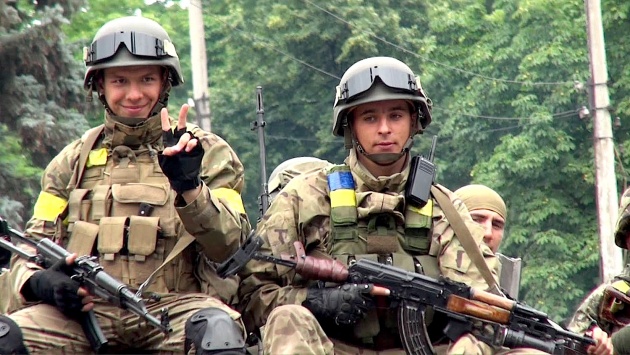
A much happier outcome is achieved in A House in Ninh Hoa (Germany) by Philip Widmann and Nguyen Phuong-Dan, which observes the gradual coming together of an extended Vietnamese family seeking to bring resolution to unanswered questions about lost relatives. The film drifts through their lives in a highly allusive manner, hinting at the power of place and memory through beautifully crafted imagery. It also raises interesting questions about the impact of exile on the psyche which could be explored further. The return of the exile takes a different form in Calabria (Switzerland) by Pierre-François Sauter, who contrives to combine the simple and the sophisticated. In a variation on the road-movie he follows the journey of two undertaker’s staff, themselves migrants, who have to transfer the body of a dead Italian from his adopted homeland of Switzerland to his few remaining relatives and friends in Calabria. Within a tightly disciplined framework the film records serious and lighter moments along the journey, and through the central characters’ reflections and speculations a wide range of questions are posed about ambition and love, identity and belonging.
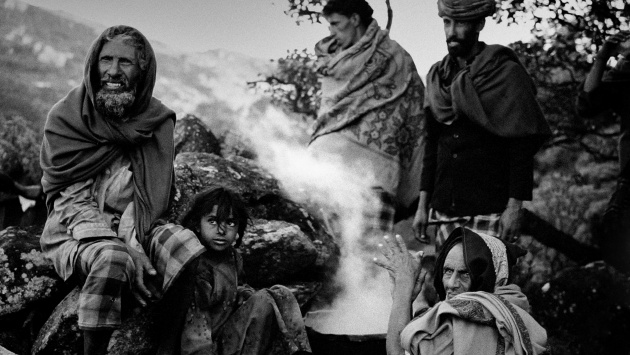
Memory, tradition and myth are central to Socotra, The Island of Djinns (Spain) by Jordi Esteva, which combines elements of the ethnographic and observational documentary. Its structure deploys a double journey, to reach the centre of the island and to discover a disappearing culture. Its stunning use of black-and-white photography effectively evokes an earlier period and combines with its participants’ story-telling in a catalogue of traditional tales. In another work of exceptional physical beauty The Lost City (Chile/France) by Francisco Hervé sets out to convey the hypnotic force of the legend of the Lost City of the Caesars in Patagonia. The journey structure is again deployed, this time through two travellers who feel a compulsive urge to search for a land without conflict. This ideal/mirage remains beyond reach but the film testifies to its power of attraction.
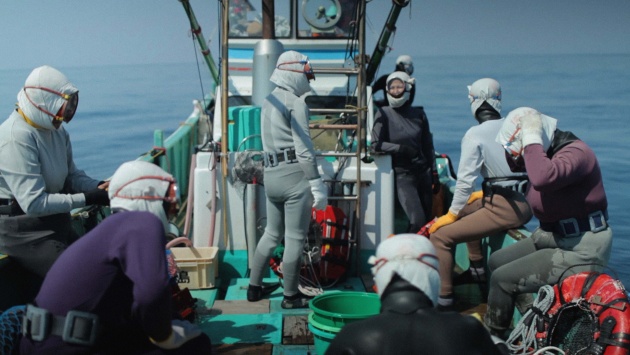
related preoccupation with humans and their environment features in Ama-San (Portugal/Japan/Switzerland) by Claudia Varejão, who provides a study of Japanese fisherwomen who earn a living by free-diving for shellfish and seafood. These older women, seen at work and with their families, represent a particular tradition under threat. The beauty of their environment and harmony of their personal lives are conveyed in a gentle, unquestioning manner. By contrast, Nicolas Humbert’s Wild Plants (Switzerland/Germany) presents the human search for the spiritual through a series of ecological projects in North America and Europe. Whilst embracing different philosophical visions, their proponents are all articulate and militant and their commitment to harmonious living repeatedly shines through. Image and voice are complemented by a subtle soundtrack and the whole work prompts the spectator to consider their own relationship with the natural world and their responsibility towards the future.
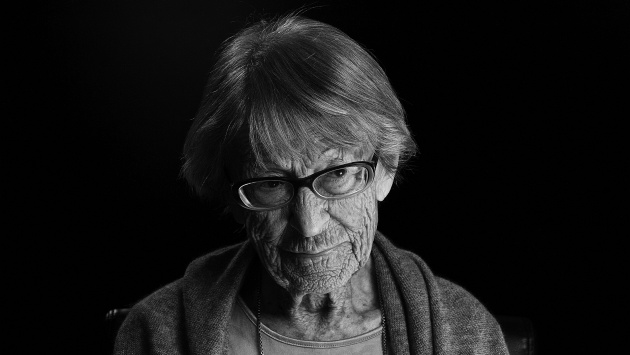
The last group of films deals explicitly with questions of war, sacrifice and personal responsibility. In Gulîstan, Land of Roses (Canada/Germany) Zayne Akyol both observes and interacts with members of the Peshmerga women’s units in Kurdistan. Their lucidity and commitment help to understand the local and larger historic significance of their mission, which is followed up to the point of battle. Touching on a wide range of issues, the film is particularly effective in showing their willingness to sacrifice themselves in pursuit of their ideals. Tadmor (Lebanon/Switzerland/France) by Monika Borgmann and Lokman Slim acts at one level as the record of a piece of psychotherapy and at another as a reminder of the enduring use of torture. Former Lebanese inmates of the Tadmor prison in Syria re-enact the torture and humiliations which they suffered, and this material alternates with their powerful verbal descriptions of conditions at the prison. The film is constructed to highlight the general problem of torture in Syria rather than the specific reasons why these individuals were imprisoned, which perhaps leaves the spectator with unanswered questions. There is a similar sense of questions unanswered in A German Life (Austria), a remarkable personal testimony produced by Christian Krönes, Olaf S.Müller, Roland Schrotthofer and Florian Weigensamer. Their subject is the 103-year old Brunhilde Pomsel who lived through the Nazi period and worked with the most highly placed figures in the Propaganda Ministry. Contemporary propaganda footage from German and American sources is intercut with her candid and witty account of her own life, her testimony dramatically shot in close-up, in black-and-white, in a bare studio, without recourse to personal memorabilia of any kind. The film is paradoxical: it records without challenge her view that she has a shared responsibility (with the German population at large) for handing power to the Nazis but also that she could take no personal responsibility for the consequences of Nazi policies. Through the experience of the individual fundamental questions of human nature and moral responsibility are necessarily raised: idealism and self-interest, knowledge and wilful blindness, the psychology of the masses, the self-censoring power of hindsight. It is left to the spectator to draw their own conclusions about this woman and whether she might have acted otherwise.
The range of subjects tackled, the technical discipline displayed and the creativity in evidence at Nyon attest the enduring vigour of documentary and the inspiration of the real world. The films in competition reflect the widespread commitment to making films not simply about but in collaboration with their subjects, with tact, discretion and understanding. Through the judicious use of camera, sound and editing this empathy between film-maker and subject is extended to the spectator and enables them to enter into the experience of others, into the real rather than a fictional construction. In some cases the film-maker consciously ‘records’ their subject rather than ‘filming’ them. In this selection of films two possible trends stand out. One is the sheer physical beauty of the imagery produced in many cases, although one has to ask what effect this aestheticisation of the subject may have on our judgement of issues raised. If images are highly compelling in their own right, do we maintain the distance necessary to reflect on the subject matter? The second trend is perhaps towards an immersive form of film-making, which can create great space for reflection and emotional response when the balance of elements is well judged. Specific films also show great boldness in the recreation of the interior world of others and these various forms of experimentation, often combined with more classical approaches, give a new richness to the language of documentary film.

